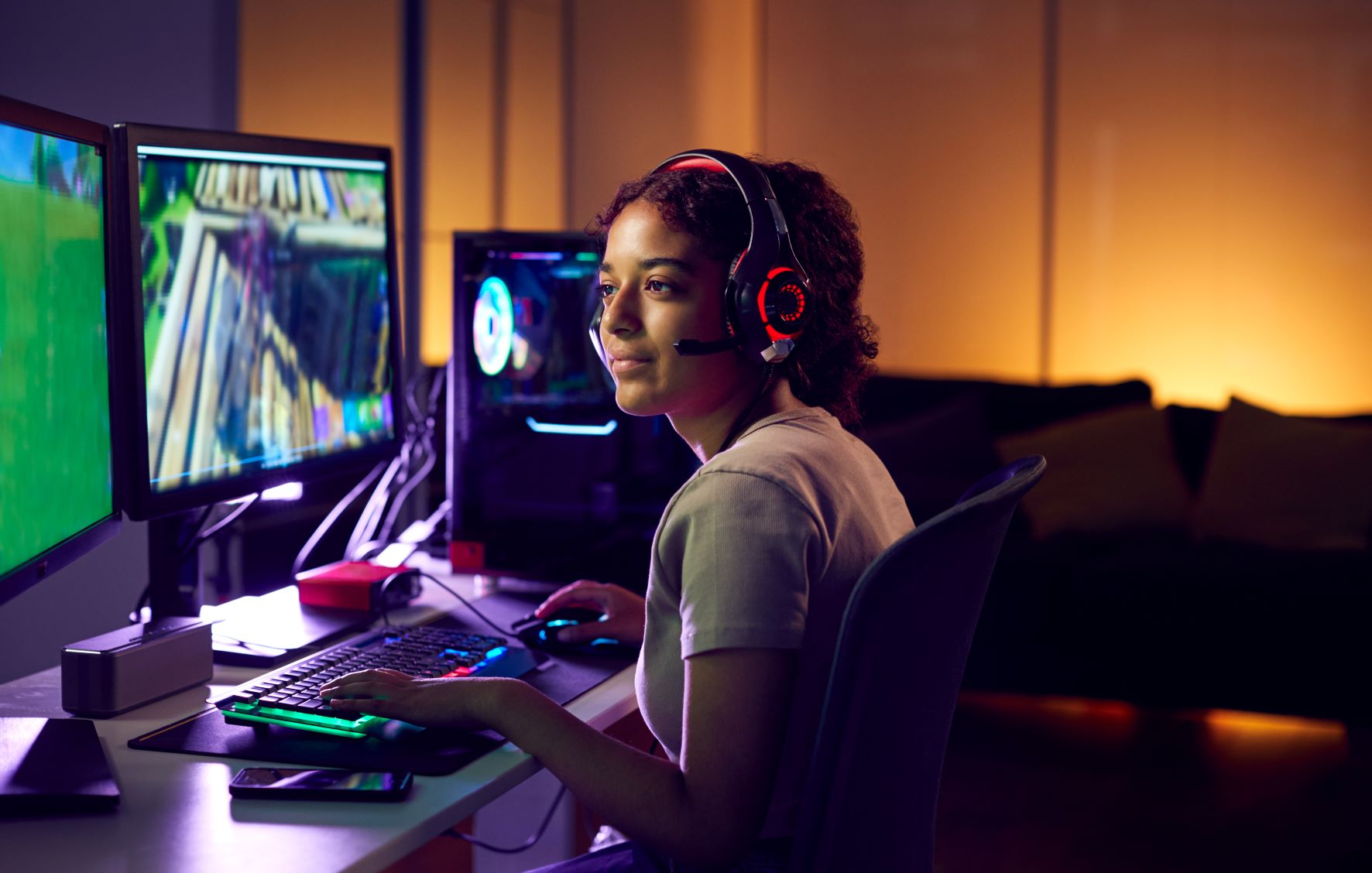Connectivity is a human necessity. Years and years of anthropological and scientific research have shown that the need to feel part of a tribe is fundamental. Evidence of this goes back as far as the Stone Age when we produced cave paintings to communicate our shared experiences. This activity was a way of outwardly expressing tales of triumph, warnings and reflections of nature. Recent discoveries suggest that cave painting may have been a social activity, carried out by a collective rather than an individual such as a shaman or designated ‘painter’. This proves that we have felt the need to carry out seemingly inessential activities as a form of social rapport for millions of years.
Clearly something has gone wrong.
In a society where digital technology is becoming increasingly advanced, loneliness amongst young people is also rising. The fact that I am writing this article is evidence of that. I have been there – I know what it is like to feel surrounded by a large group of similarly aged people, yet feel disconnected with virtually all of them, unable to stumble across common ground. It creates anxiety. It creates fear. It creates sadness.
Perhaps the problem is that activities involving human contact, like cave painting, have, to an extent, been replaced with a screen. I believe communication that depends upon a physical act nurtures an appreciation for the mundane aspects of human connection. Compare this to virtual communication which leaves no physical traces. It is there and yet it is not there; messages suspended somewhere in the ether. This ambiguity may contribute to the sense of social isolation that digital media can produce. It feels real and fake at the same time; a sort of paradox given the intentions of social media to create a more connected, and global society. Yes, we may be able to Skype our friends in Singapore. But where does that leave us when our social interaction increasingly depends on digital technology? In the case of young people, their little life experience can make it difficult for them to distinguish between life off- and life on-screen.
There are several ways in which we can create positive change and combat the loneliness issue.
Firstly, open conversations. Digital technology is certainly a useful tool for connecting with other people, but there are also many predators who will be taking advantage of increased internet usage during the COVID-19 lockdown period. Examples have included grooming and molesting, where a predator works on gaining information from a stranger over time or actively targets young people they already know. Having open conversations with young people about whom and what they are connecting to on the internet helps to stimulate positive virtual connections. This reduces the already damaging effect that social media can too often have on already depressed and anxious young people.
A second, and crucial, issue is funding – there are many areas that would benefit from government investment. A good starting point would be funding charities, such as the National Citizen Service, to address the core issues of loneliness. The £5 million boost guaranteed by the government for national loneliness organisations should help with this initiative. However, support from grassroots organisations and community volunteers would help to go further still. Initiatives like those set up by the Joe Cox Foundation, Age UK, and the Marmalade Trust are useful templates for future youth loneliness services.
A particular concerning development is cuts in spending on youth services. This reduces funding to initiatives like youth clubs, which allow young people to get out of their bedrooms and away from their phones. The anxiety that comes with spending a large amount of time viewing everybody else’s social interactions can be simply overcome by giving people – particularly young people – the opportunity to invest in their relationships. Grassroots clubs have a major role to play in this; the government should not overlook their importance. Having been a member of Girl Guides for many years, I can speak to the importance of such organisations in supporting the well-being of young people. The COVID-19 pandemic has only emphasised how vital this sense of connection is.
Further developments are also required in protection software, like anti-malware software. This should also be accompanied by an increase in its availability, as presently barriers include expensive prices and technological competence. If such obstacles are not removed, the more vulnerable members of society will continue to be at risk. Stories of online shoppers losing millions to internet fraud and virus spam mail are just some of the dangers involved. Government investment is an essential step in working towards this.
That being said, many disadvantaged young people are barred from accessing technology altogether. This inequality has been highlighted by the pandemic, again proving that virtual communication by itself is simply not enough. Many teachers have faced challenges in reaching all of their pupils, as those from low-income families do not always have the right technology to engage with the digital world. The price of technology must not be forgotten in this argument.
To this end, removing paywalls on journalistic content may also help young people feel more connected, particularly those in their later teens and engaging more with the world. This age is critical; young people must be encouraged to have their voices heard. Yet access too often comes with a price tag.
Finally, initiatives like these should be coupled with an increase in digital literacy programmes, which will ensure that people have the right skills and knowledge to be able to use digital technology appropriately. Be Internet Citizens is a successful example of this.
Done correctly, we could see a society where the likes of social media are used as an extension of our communicative abilities and not a replacement for meaningful interaction. I do not suggest that we abolish the use of digital technology. Rather, we must make a far greater effort to tailor it towards our fundamental need as a species to feel intimately connected – something that cannot be achieved solely through the removed act of digital communication. We need to feel part of a community: thus we – and those in the corridors of power – should invest in our community.
Turning worry into curiosity can move mountains.







